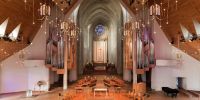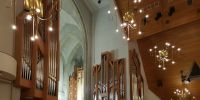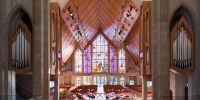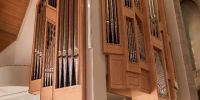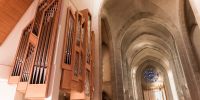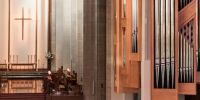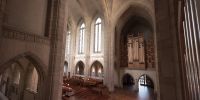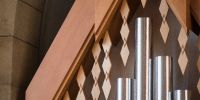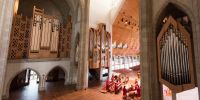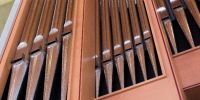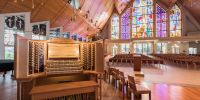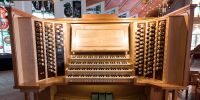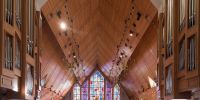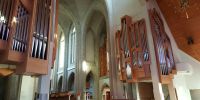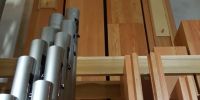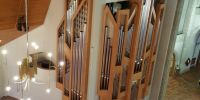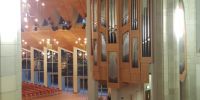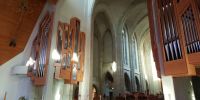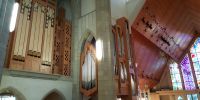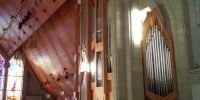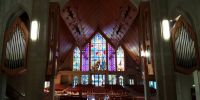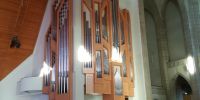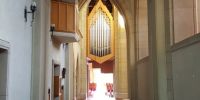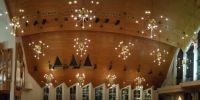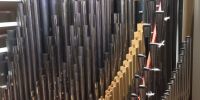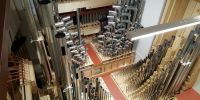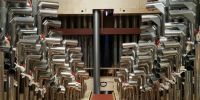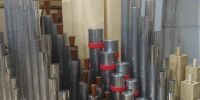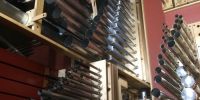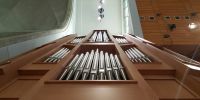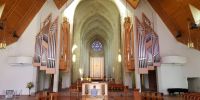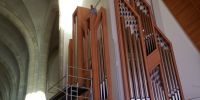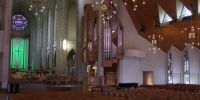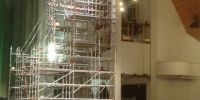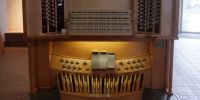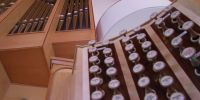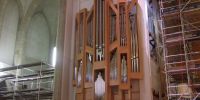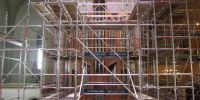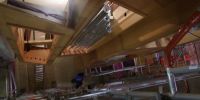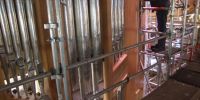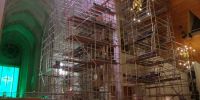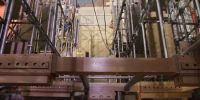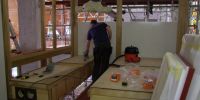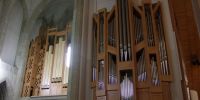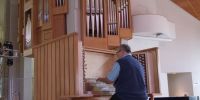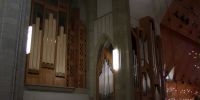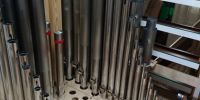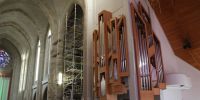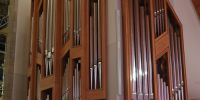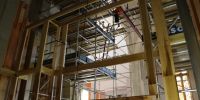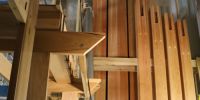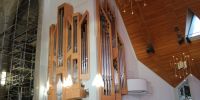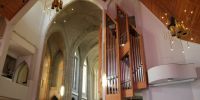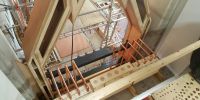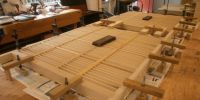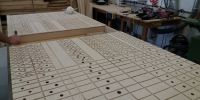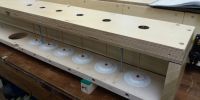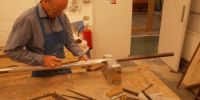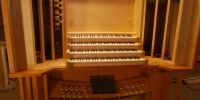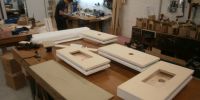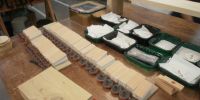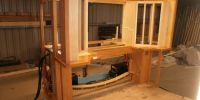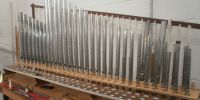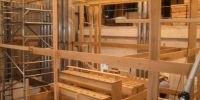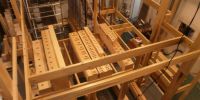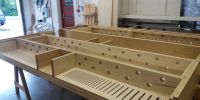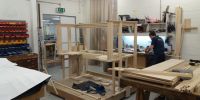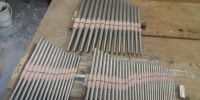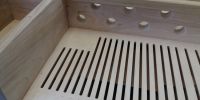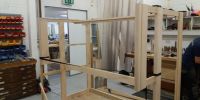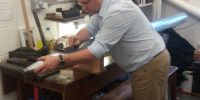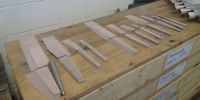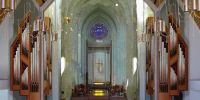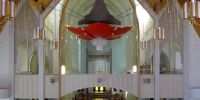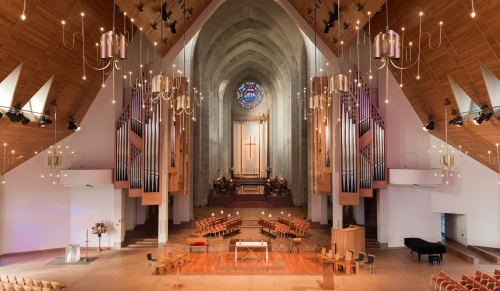
The New Voice organ commissioned by Holy Trinity Cathedral, Auckland is Nicholson & Co.’s largest new work to date, and the firm’s first southern hemisphere contract.
Featuring two stunning cases by leading designer, Didier Grassin, the new organ sits handsomely on either side of the crossing, in chambers made available by the removal of the nave bridge. From this position, the organ speaks with clarity and eloquence into both the chancel and the nave, whilst drawing the eye through the dramatic new vista opened up along the length of the building.
With 92 speaking stops and 5,432 pipes, the organ is one of the most significant instruments in the southern hemisphere. It is the largest pipe organ
– built in Britain since 1954
– built in Britain for ecclesiastical use since 1942
– in New Zealand
– in ecclesiastical use in Australasia.
It is playable from two identical consoles, a fixed console in a loft above the cathedral’s Marsden Chapel, and a movable console in the nave, each with four manuals and 122 drawstops, and equipped with the latest technology.
The installation of a large new organ is something that happens rarely, and therefore the new cathedral organ has been designed to be suitable for the all purposes to which it may be put. The specification is for an instrument that is versatile and eclectic (whilst in the tradition of a British cathedral organ), so that the choir may be accompanied effectively, congregational singing supported and encouraged (aided by a small but powerful nave facing section of flues on a higher wind pressure), and the entire solo repertoire can be played convincingly.
Most of the pipework is generously scaled to allow unforced tone with carrying power, and many stops are of similar dynamic to allow them to be used together, giving a multitude of tonal colours. The (liturgical) south case accommodates the Swell above Solo, each in an expression box with shutters facing both east and west, and the north organ houses the Great and Choir divisions, with the large Pedal pipes occupying the site of the previous Harrison & Harrison organ (low frequencies can effectively diffuse around corners and obstructions). There are loud stops for excitement such as the Orchestral Trumpet and Tuba Mirabilis, and the Pedal has a new unenclosed Bombarde rank to add power and colour to the tutti, but there is also a very wide range of quieter stops to soothe the ears when required (including a family of strings on the Solo from 16’ to a three rank Cornet de Violes).
The organ includes both an Open Wood and a Contra Bourdon at 32 feet in order to deliver the sense of very low-pitched gravitas expected of a cathedral organ. The Great and Swell chorus reeds are on higher pressure than the fluework allowing their voicing to be firm but bright, with the Great reeds being reasonably sonorous and rich, and the Swell reeds having more ‘fire’.
Two sets of bells – a twelve-note Carillon and an Étoile Sonore (consisting of a rotating metal star on which several small bells are mounted, producing a continuous tinkling sound when the stop is engaged), complete the generously comprehensive specification.


